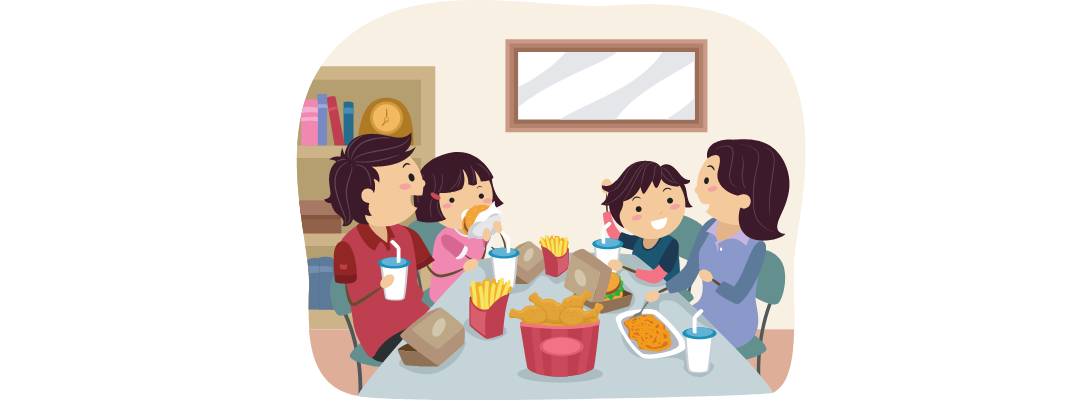“It’s not working! He isn’t eating!”
Let’s talk about what “working” means.
Kay Toomey, pediatric psychologist and founder of the SOS Approach to Feeding (with which I have a love-hate relationship*), created the 32 Steps to Eating. While I can’t share that information (she has a tight lockdown on it for liability reasons), I can tell you about it.
There are 32 steps to pre-feeding. That alone can tell you that there is so much more to it than “they will eat what’s in front of them.” It’s also an excuse to PARTY and you know I’m on board with that. The idea that from the farm to the face, there are 32 steps related to feeding–each being an opportunity to recognize and celebrate success. Your kid didn’t scream her head off when you put that roasted chicken on the table? That’s success! Your child flicked an olive across the table football-style? PAAAARTY!
Should you actually have party hats and mini cupcakes ready? Well, obviously. After all, a boy scout is always prepared, right? But I’m not actually advising you to throw a party. Just an internal one. Subtle. Positive pressure (like celebrating a bite of food) is still pressure and can wreak havoc on the feeding relationship.
Leave those frosty margs on ice until after the kiddos go to sleep, then celebrate. ![]()
So I came up with this super-simplified graphic of pre-feeding steps.

Space: The general room. This step is for celebration when the child allows a new food in their vicinity. This is the lowest level, but is a really big deal–particularly for sensory kids who may feel uncomfortable with big smells or other sensory input.
Place: The child allows the unfamiliar food on the table, on a tasting plate, or even on their own plate. They may even put it there themselves. For a child with food-related anxiety, this is a very big step. It’s like hanging out in close proximity to someone you don’t know all that well and maybe aren’t so sure about. It can be really uncomfortable. Continue to show your child (and yourself) compassion.
Base: OK I’m playing a little loose with the rhymes here. You can’t be mad at me–remember the margs I told you to put in the freezer? It’s all good. Base refers to the child’s extremities. This involves touching the food with fingers. Or toes, in theory. Why not? Jello swim, anyone? Want to poke the pasta? Put raspberries on your fingertips? Do some veggie puree fingerpainting? Can you roll a Brussels sprout down your arm? Food play is a great way to increase familiarity, but remember to invite the child to play along. And allow them to decline if they so decide.
Face: This is the final step, but it’s not necessarily a bite and swallow. This could be an actual bite. Or it might be an avocado facial. Taking a piece of food into the mouth, chewing it, and accepting it into the body–that’s all very intimate. And it’s expected at least 3 times per day! That’s really a lot to ask from a kid who is working their way through some of these struggles. Face involves may different steps, each of them huge in their own way. Blowing on food, kissing it, flicking it with the tongue, licking it–all of these are individual steps that can be recognized and celebrated.
The road to food joy can be long and winding. Remember to stop and smell the roses–celebrate the wins you might be overlooking.
And enjoy that margarita.
Got a Picky Eater and need more guidance? Check out this blog, and you can always schedule a session with me!
*My love-hate relationship with SOS: it comes down to the practitioner and how it’s handled in the clinical setting. If the feeding therapist uses the 32 steps to inform a feeding therapy journey, that might be ok. The problem is when those steps are viewed from a pressured lens. The goal with SOS is getting the child to bite. My goal is the simple increase in familiarity. The difference is in the invitation and the pressure on the child. When a spark of curiosity is ignited, and an engaging food exploration is gently presented, good things can happen. When the feeding therapist feels the need to overcome a specific step and pushes the child to fulfill those requirements, the therapy can become very uncomfortable, and even traumatic for the child. The child’s autonomy is essential. So is their buy-in. That will only happen with mutual respect between practitioner and child.


Recent Comments